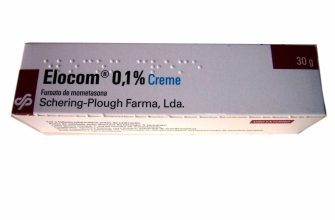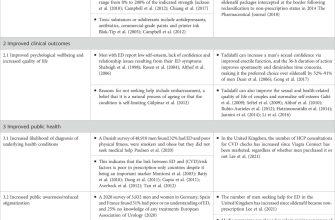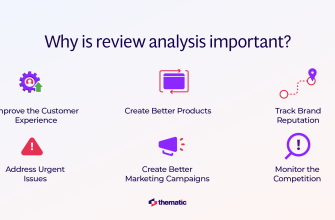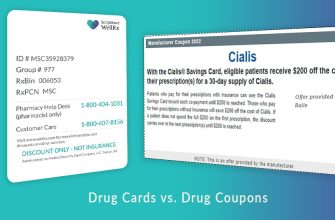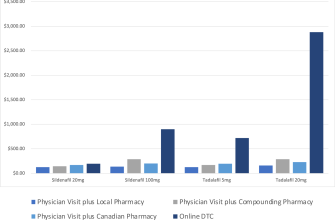Check multiple review platforms. Don’t rely solely on a single site; explore various sources like Trustpilot, WebMD (if applicable), and independent health forums.
Focus on Specific Details
Look beyond general praise or criticism. Target reviews that mention specific aspects, such as:
- Shipping speed and reliability Customer service responsiveness Product efficacy and side effects (if any) Website usability and security
Analyze Review Patterns
Identify recurring themes. Do many reviews highlight similar positive or negative experiences? A consistent pattern suggests a more reliable indicator of the site’s quality than isolated comments.
Scrutinize Negative Reviews
Don’t dismiss negative feedback. A site’s response to negative reviews is crucial. Does the company attempt to resolve issues or ignore complaints? Consider the nature of the complaints; are they isolated incidents or systemic problems?
Check Review Dates
Prioritize recent reviews. Older testimonials may not reflect the current state of the website or its services. A consistent stream of recent positive reviews indicates ongoing quality.
Consider Review Verification
Some platforms verify reviews. Verified reviews generally provide a higher level of confidence than unverified ones. Note that even verified reviews should be critically assessed.
Weigh the Evidence
Synthesize your findings from different platforms. Consider the number of reviews, the balance of positive and negative feedback, and the specifics of the comments to form your own opinion.
Prioritize Verified Buyers
Look for reviews clearly marked as coming from verified buyers. These reviews often provide a more accurate reflection of the customer experience, compared to unverified or anonymous reviews.





